Heterocyclic Compounds: Synthesis, Properties and Applications
Heterocyclic compounds are organic compounds containing at least one atom of carbon, and at least one element other than carbon, such as sulfur, oxygen or nitrogen within a ring structure. These structures may comprise either simple aromatic rings or non-aromatic rings. Some examples are pyridine (C5H5N), pyrimidine (C4H4N2) and dioxane (C4H8O2). Many heterocyclic compounds, including some amines, are carcinogenic. This book details the proposed mechanisms of Gewald-like reactions and the wide scope of substituted 2-aminothiophenes for real life applications. Literary information about synthesis methods, structure, physical-chemical and biological properties is summarized, and also information about conversion of adamantyl-1 and adamantyl-2 imidazole and benzimidazole derivatives is given. A survey of the literature of thiazolopyrimidines from 2003 to 2008; some of the commercial applications of thiazolopyrimidine derivatives are mentioned.
{{comment.content}}
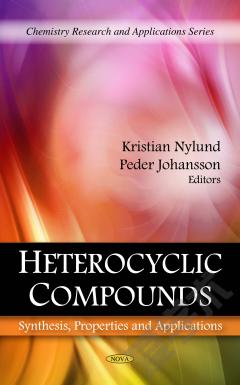
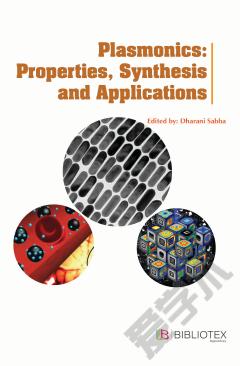


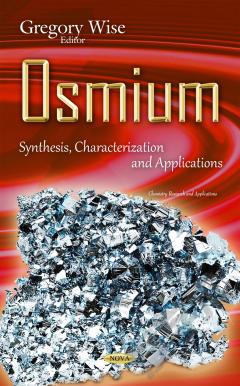
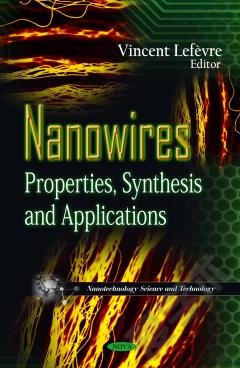
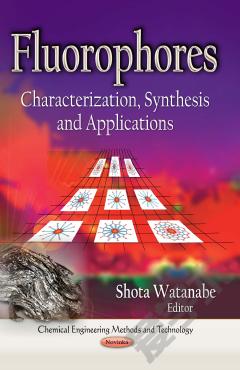

 京公网安备 11010802027623号
京公网安备 11010802027623号